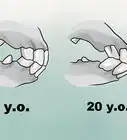This article was co-authored by Ryan Corrigan, LVT, VTS-EVN. Ryan Corrigan is a Licensed Veterinary Technician in California. She received her Bachelor of Science in Veterinary Technology from Purdue University in 2010. She is also a Member of the Academy of Equine Veterinary Nursing Technicians since 2011.
There are 10 references cited in this article, which can be found at the bottom of the page.
This article has been viewed 21,292 times.
Many people associate colic with babies, but horses of any age can also get the condition. In general, colic means “abdominal distress,” and in the case of horses, it can be caused by a variety of factors.[1] Although colic is relatively common in horses, it can also be dangerous and even fatal. But by identifying the signs and symptoms and getting prompt veterinary attention, you can recognize and treat colic in horses.[2]
Steps
Identifying Colic in Horses
-
1Observe your horse closely. Owners who take great interest in their horses have lower incidences of colic. No matter if your horse is healthy or ill, it’s important for the animal’s wellbeing to always carefully watch your horse’s physical state and emotional demeanor. These can clue you in on potential signs of colic in your horse. Look for the following general signs and symptoms of colic in a horse:
- Anxiety or depression
- Pawing at the ground
- Looking at the flank
- Rolling or wanting to lie down
- Playing in the water bucket but not drinking
- Absence of defecation
- Lack of appetite
- Excessive sweating
- Unusually high pulse rate of over 50 beats per minute
- Absence of normal gut noises
- Frequent attempts to urinate[3]
- Curling the upper lip
- Backing into a corner
- Kicking at the abdomen[4]
-
2Watch for spasmodic colic. One of the four primary types of colic affecting horses, spasmodic colic is pain caused by excess gas in the horse’s gut or an inability to pass gas. Spasmodic colic is most often caused by a change in diet, lack of roughage, or parasites. It is often accompanied by mild symptoms including:[5]
- Sweating
- Occasional gut pain
- Loud gut noises
- Restlessness
- Anxiety
- Frequent attempts to roll[6]
Advertisement -
3Look for impaction colic. Another common form of horse colic, impaction colic happens when there is a blockage in the intestines.[7] It can also be caused by dehydration or heavy parasitism.[8] If left untreated, impaction colic can be fatal for a horse.[9] The following signs may indicate impaction colic in your horse:
- Lack of feces or fecal production
- Chronic abdominal pain
- Dark mucous membranes
- Unwillingness to eat
- Extended periods of laying down
- Impacted colon
- Decreased temperature[10]
-
4Detect sand colic. This type of colic is present mostly in horses that graze on sandy pastures or where limited grazing is available. Sand colic develops when a horse ingests too much sand and dirt. This can lead to impaction or irritation of the bowel lining.[11] Your horse may have sand colic if it exhibits the following symptoms:
- Diarrhea
- Depression
- Lack of or decrease in appetite
- Weight loss
-
5Monitor for twisted gut. Horses have very complex gastrointestinal tracts and individual organs may twist on one another. This very serious condition leads to an interruption in the blood supply, or ischemia. Twisted gut colic is usually very painful for a horse and requires emergency surgery.[12] Your horse may have twisted gut if it exhibits the following symptoms:
- Extreme discomfort
- Rolling
- Inability or unwillingness to stand up[13]
Relieving Horse Colic
-
1Call your vet immediately. If you detect any signs of colic in your horse or are concerned the animal may have the condition, contact your vet immediately. Remember that many types of colic can be fatal for a horse if left untreated.
- Take your horse’s heart rate, respiratory rate, temperature, and gum color before you call your vet if it’s safe for you to so so. This can help you describe your horse’s condition better.
- Give your vet any information about symptoms your horse is exhibiting, how long the animal has had them, as well as any questions about what you should do until the vet arrives.[14]
-
2Follow your vet's directions. Your vet will likely give you instruction on what to do for your horse until the doctor arrives. These measures can keep your horse comfortable during the waiting time. The most common treatments normally entail walking the horse and no access to food.
- Walk your horse only if it makes the animal comfortable and it’s safe for you and the horse to do so. Make sure to walk it at a slow pace and not until the point of exhaustion. Stop walking your horse if it appears to cause pain or if you detect any rib pain, foot pain, or other muscle pain.
- Don’t feed your horse while you wait for the vet. They can drink water if they need to.
-
3Watch your vet perform an examination. When your vet arrives, he or she will perform a basic examination. The vet will assess the horse’s pulse, respiration, and temperature. After this, your vet will determine the most likely type of colic your horse has. Be aware that it is unusual to diagnose the exact cause of horse colic.
- Allow your vet to sedate your horse if necessary to perform a rectal exam. The rectal exam gives your vet valuable information concerning gas buildup, intestinal obstruction or a possible twist, all of which can make a difference in the type of treatment prescribed.[15]
-
4Ease pain with analgesics. No matter what type of colic your vet determines that your horse has, your vet will administer an analgesic to relieve your horse’s discomfort. Pain relievers such as flunixin meglumine (Banamine) can help control the horse’s discomfort for a few hours at a time.[16]
-
5Relieve gas and fluid buildup. If your vet determines that the horse has gas or fluid buildup, he or she may suggest relieving the pressure. This involves passing a nasogastric tube through your horse's nose into his stomach. The tube gives gas and other fluids a way to travel away from the horse’s gut since horses cannot burp or vomit to comfort themselves.[17]
- Be aware that your horse may require sedation to insert a nasogastric tube. Provide your vet any assistance required to calm and restrain your horse.
- Place a towel over the horse’s nose if it is bleeding. Don’t be alarmed if the bleeding is severe as this is normal.
-
6Remove impaction. Your vet may determine that your horse’s colic is caused by some type of impaction—either fecal or parasite. This generally requires dislodging the impaction with mineral oil or laxatives. If the impaction is due to parasites, your vet will administer medication to kill the parasites.
- Have the vet give lubricants or fecal-softening agents through a stomach tube. These soften the impaction and may be used in conjunction with IV fluids.
- Encourage motility, or getting fluids to move through your horse’s system, by having it walk. This may help your horse more quickly defecate.
- Avoid feeding your horse grain and hay until it has a bowel movement. You can allow the horse to graze on fresh grass when walking, all of which may stimulate the horse’s bowels.
-
7Administer fluids. In addition to removing an impaction, your horse may receive oral or IV fluids to rehydrate its body or if it is in shock. Your horse may need reexamination after getting IV fluids to determine if it is still dehydrated or in shock, or to see if the impaction is gone.
- Be aware that your horse may get fluids through a stomach tube or IV catheter. Your doctor may recommend these fluids for several days until the horse’s intestinal function has returned and your horse can maintain its fluids by drinking. Your vet may administer approximately one gallon of mineral oil, plus some water. This acts as a laxative and helps the body break down the excess gas as well.
-
8Give medication. If your horse has damage to its intestinal wall or there is toxicity in its intestinal wall or system, your vet may administer antibodies or other medication. These can prevent or counteract bacterial toxins in the intestine or bloodstream.
-
9Undergo surgery. If your horse has a mechanical obstruction or twisted gut, it may require surgery. This treatment is used only in the most extreme cases and generally must be done quickly to save a horse’s life.
- Be aware that surgery generally requires that you take the horse to an equine hospital equipped for abdominal surgery and follow-up intensive care. Aftercare from surgery can take months.
- Understand that the outcome of your horse’s surgery is often dependent on how long it has had colic, the age and condition of the horse, as well as the location of the problem within its digestive tract.[18]
-
10Listen to post-treatment instructions. Your vet will likely give you instructions for how to care for your horse after treatment. These can be as simple as monitoring the horse for further pain or taking preventative measure to control colic.[19] Make sure to closely follow any instructions your vet gives you so that your horse stays healthy. Your vet may suggest some of the following post-treatment instructions:
- Giving the horse plenty of fresh, clean water
- Ensuring that the horse has plenty of roughage, like pasture or hay, in its diet
- Getting regular dental checkups to ensure the horse can properly chew its food
- Avoiding grazing full time in the spring
Recognizing Risk Factors and Reducing the Risk of Colic
-
1Be aware of risk factors. There are four general causes of colic in horses: stretched intestines because of gas or fluid; tension on the mesentery, or tissue that attaches the intestinal organs to the abdomen; inadequate blood supply because of twisting of the intestine; inflammation develops along the intestinal wall (or enteritis) or covering of the intestines (or peritonitis).[20] Recognizing the risk factors that can contribute to these causes may help you more readily identify colic in your horse. The following may make your horse more prone to colic:
- Earlier bouts of colic
- Diseases such as flatulent colic, intestinal obstruction, and ulcers
- Worms or other parasites
- Infrequent teeth floating
- Changes in weather
- Changes to the feed and water supply
- Changes in exercise and stabling
-
2Provide constant fresh, clean water. There is an increased risk of colic in horses if they don’t get fresh water every 1-2 hours. This is especially true for horses over the age of six. Make sure your horse has a source of fresh and clean water every 1-2 hours to minimize the risk of colic.
- Consider letting your horse drink out of a bucket instead of an automatic waterer. A bucket will allow your horse to ingest a larger amount of water at one time than a waterer will.
- Think about environmental considerations. Make sure that any water sources are free-flowing and not clogged with ice in the winter. In addition, consider adding hot water to buckets in the winter or giving your horses a continuous supply of warm water. Refresh water often in the summer.
- Stop to let your horse drink every couple of hours if you are traveling.
-
3Optimize feeding. How you feed your horse can have a big impact on its overall health, including its risk for colic. Optimizing its feeding by giving it access to pasture and avoiding sand can help prevent colic.
- Make sure your horse has access to a pasture if possible. Not feeding on round bales of hay can minimize your horse’s risk of colic. In addition, avoid giving your horse pelleted feed or corn feed if possible in favor of fresh hay or grass.
- Avoid feeding your horse on the ground if it is sandy. Horses that ingest a lot of sand are more likely to get colic. Provide feed in tubs or hay racks or place rubber mats or catch pans on the ground to allow your horse to eat scraps without ingesting sand.
- Change your horse’s diet only gradually if necessary. Mix ¼ of the new feed with ¾ of the old for 7 days and then gradually increase the new percent of the feed until your horse is used to it.
-
4Float your horse’s teeth regularly. It’s important for your horse’s teeth to be healthy so that it can properly chew its food. This can minimize the risk of colic. Use a float, which is a type of file or rasp, to maintain your horse’s oral hygiene every six months.
- Purchase a float at a pet store or specialty horse or farm store. There are different types of manual and electric floats you can use to file or rasp your horse’s teeth.
- Float the horse’s teeth so that the surfaces are straight, which provides optimal chewing. Don’t worry about hurting your horse; its teeth don’t have any nerves near the surface.[21] If you are concerned about floating your horse’s teeth, consider having your vet do the procedure.
-
5Control parasite infestations. Because your horse is outside daily, it is exposed to different parasites such as worms. Give your horse a daily wormer or have your horse regularly dewormed by your vet. Both of these measures can reduce the risk of colic in your horse.
- Consider deworming your horse quarterly, which is what most farms do, with a double dose of pyrantel or a product containing praziquantel. You can back up these medications by using ivermectin for the other three dewormings. Ask your vet what the best deworming treatment for your horse.
Warnings
- Be careful when handling a horse in distress, especially if they are on the ground and pawing or rolling. The horse may accidentally kick or strike you in these situations.⧼thumbs_response⧽
- Avoid attempting to treat your horse for colic yourself. This can cause severe harm to your horse or even result in death.⧼thumbs_response⧽
References
- ↑ http://www.merckvetmanual.com/mvm/digestive_system/colic_in_horses/overview_of_colic_in_horses.html
- ↑ http://www.petmd.com/horse/conditions/digestive/c_hr_equine_colic
- ↑ http://www.petmd.com/horse/conditions/digestive/c_hr_equine_colic
- ↑ http://www.horseandhound.co.uk/tag/colic-in-horses
- ↑ http://www.horseandhound.co.uk/tag/colic-in-horses
- ↑ http://www.petmd.com/horse/conditions/digestive/c_hr_equine_colic
- ↑ http://www.horseandhound.co.uk/tag/colic-in-horses
- ↑ http://www.petmd.com/horse/conditions/digestive/c_hr_equine_colic
- ↑ http://www.horseandhound.co.uk/tag/colic-in-horses
- ↑ http://www.petmd.com/horse/conditions/digestive/c_hr_equine_colic
- ↑ http://www.horseandhound.co.uk/tag/colic-in-horses
- ↑ http://www.horseandhound.co.uk/tag/colic-in-horses
- ↑ http://www.horsechannel.com/horse-health/colic-surgery-guide-20107.aspx
- ↑ http://www.petmd.com/horse/conditions/digestive/c_hr_equine_colic
- ↑ http://cal.vet.upenn.edu/projects/fieldservice/Equine/gi/giexam6.htm
- ↑ http://www.petmd.com/horse/conditions/digestive/c_hr_equine_colic?page=2
- ↑ http://www.petmd.com/horse/conditions/digestive/c_hr_equine_colic?page=2
- ↑ http://www.petmd.com/horse/conditions/digestive/c_hr_equine_colic?page=2
- ↑ http://www.petmd.com/horse/conditions/digestive/c_hr_equine_colic?page=2
- ↑ http://www.merckvetmanual.com/mvm/digestive_system/colic_in_horses/overview_of_colic_in_horses.html
- ↑ http://www.cowboyway.com/What/TeethFloating.htm
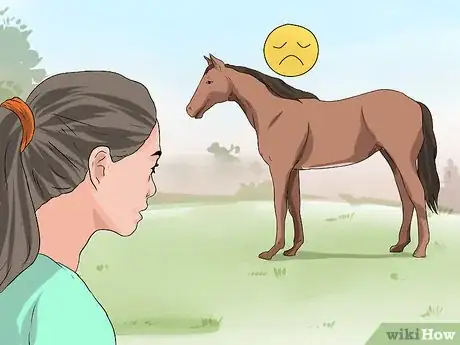
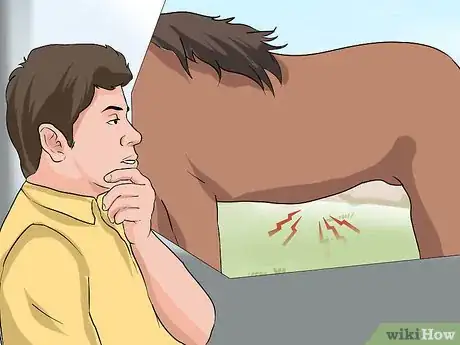

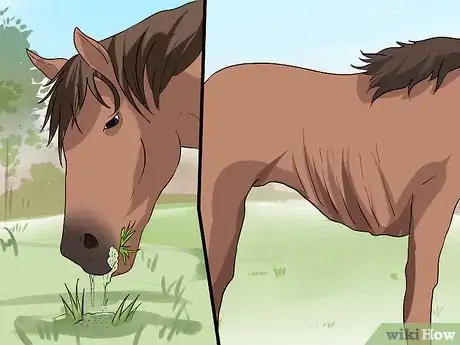
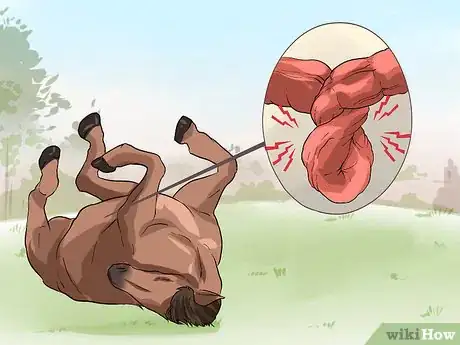
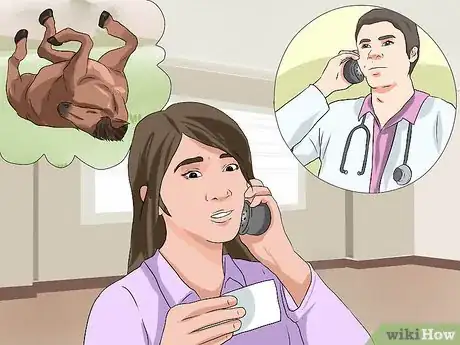
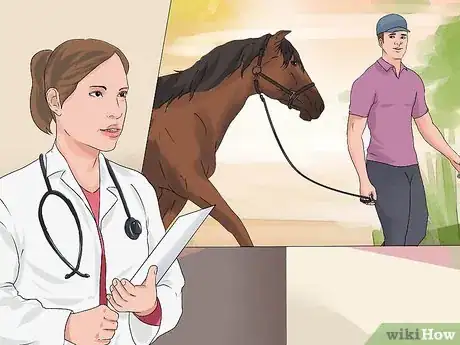


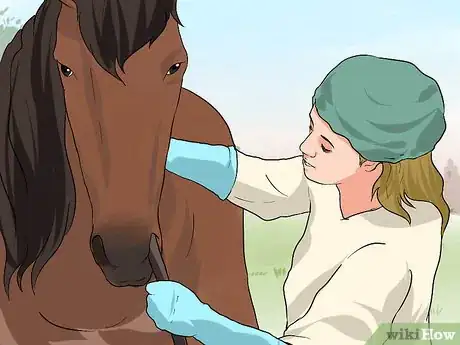
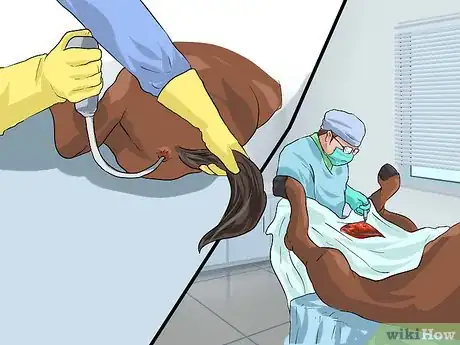

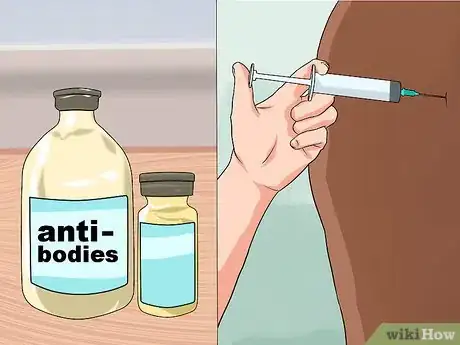

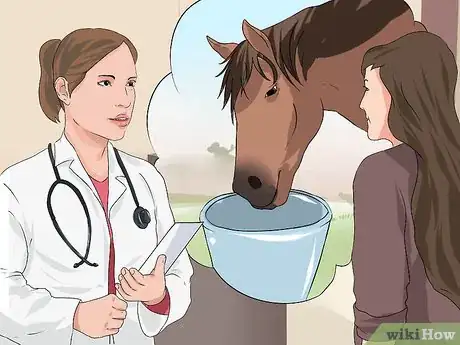

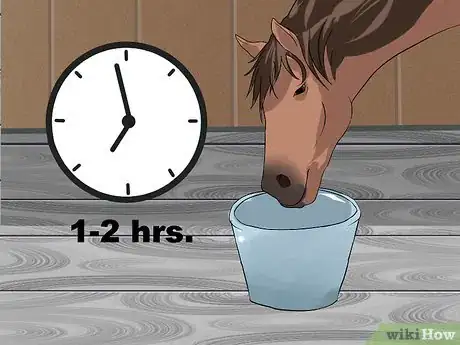
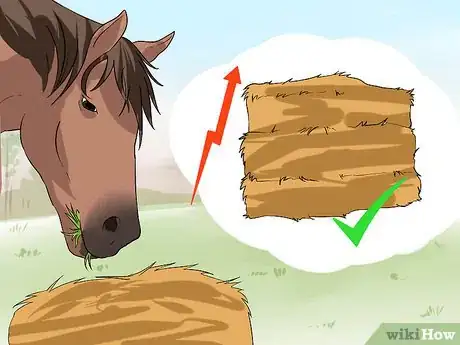

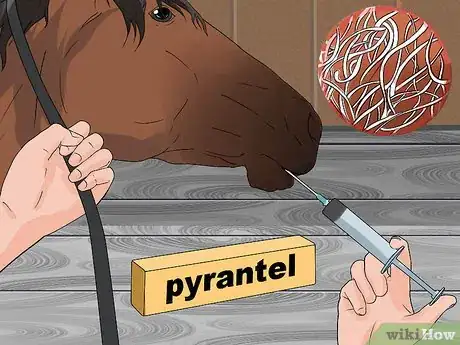
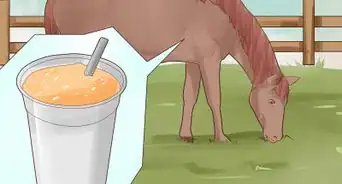
-in-Horses-Step-19-Version-2.webp)
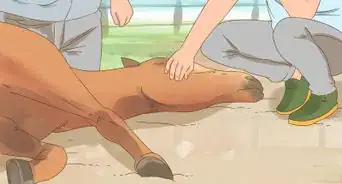
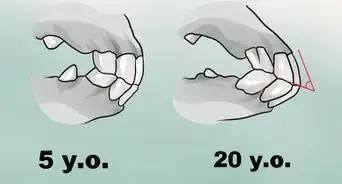
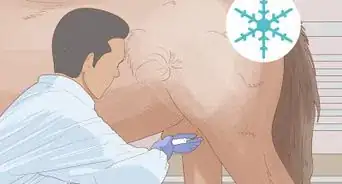

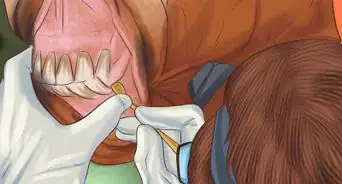

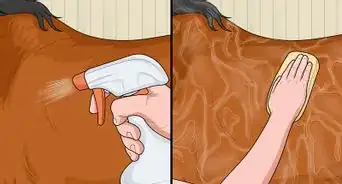
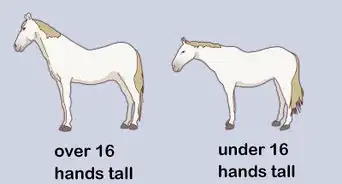

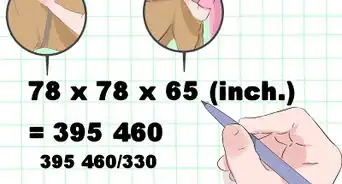
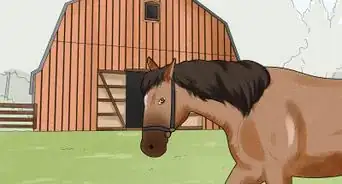
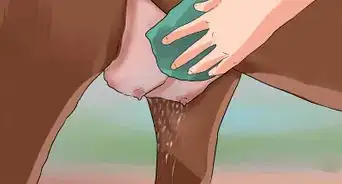
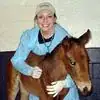






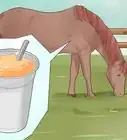
-in-Horses-Step-19-Version-2.webp)

